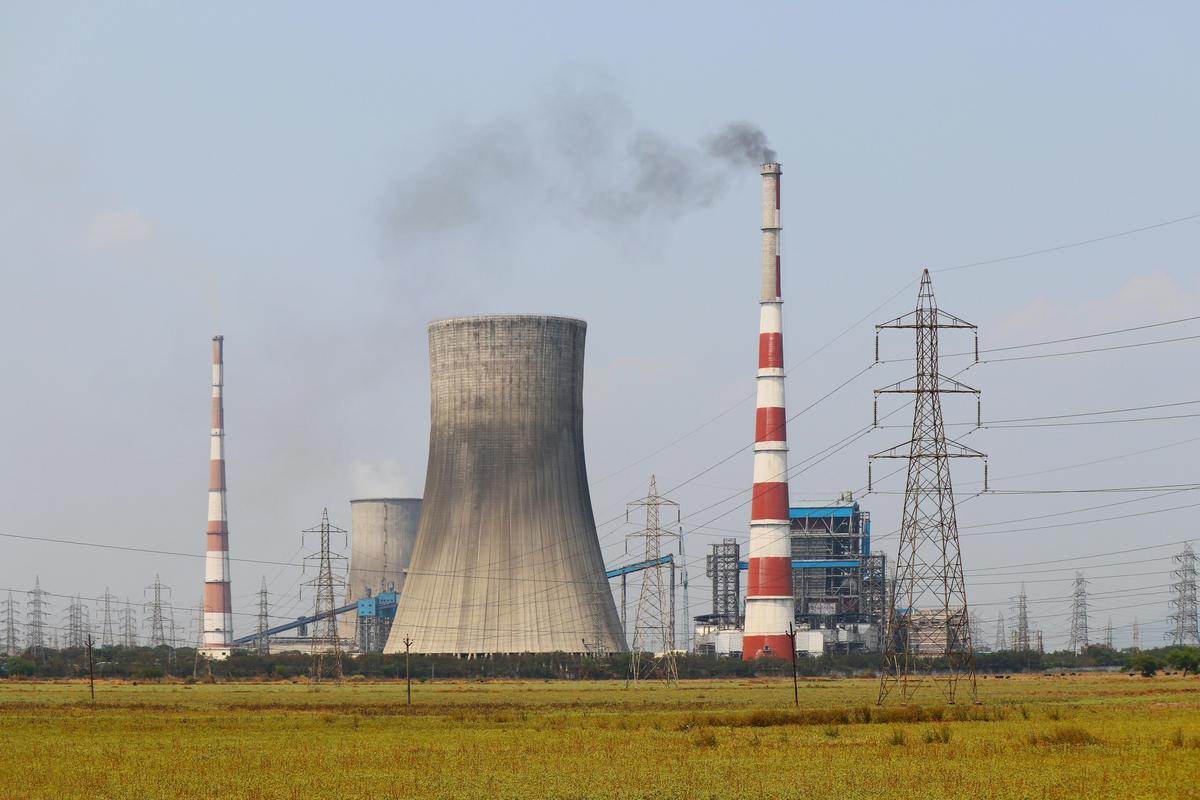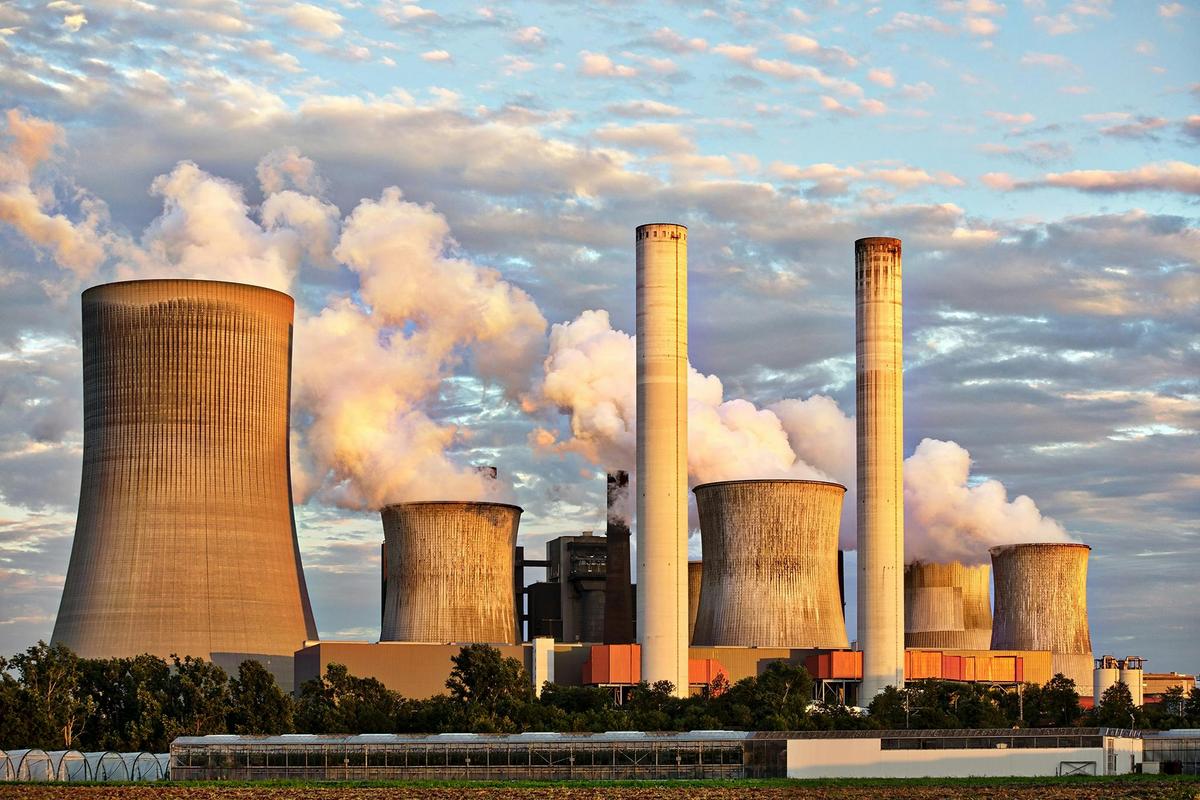Understanding Geothermal Energy: A Renewable Resource?
Beneath the Earth’s surface lies a huge, untapped reservoir of renewable energy - geothermal power. This cool resource, powered by the planet’s natural heat, offers a promising solution to our energy needs. Geothermal energy is continuously produced as radioactive particles in the Earth’s core slowly decay, maintaining a staggering temperature of over 10,800°F, rivaling the surface of the sun. This heat is then absorbed by the surrounding rocks and water, creating a vast network of geothermal reservoirs that can be used to generate clean, reliable electricity.
While the U.S. has only scratched the surface of its geothermal potential, the growth in this sector has been steadily increasing. In 2021, the country boasted the most installed geothermal electricity capacity in the world, with California and Nevada leading the way. Geothermal power plants are expected to generate 37.2 billion kWh of electricity by 2050, a big jump from the 17 billion kWh produced in 2022. This surge in geothermal energy production shows its viability as a renewable resource, with the potential to account for nearly 10% of the country’s total electricity capacity.
Compared to traditional fossil fuel-based power plants, geothermal energy stands out as a very clean and efficient alternative. On average, a coal-fired power plant emits 35 times more carbon dioxide per kWh than a geothermal facility. Each year, U.S. geothermal electricity offsets the emission of 22 million metric tons of CO2, 200 thousand metric tons of nitrogen oxides, and 110 thousand metric tons of particulate matter. As the world deals with the urgent need to reduce greenhouse gas emissions, geothermal energy emerges as a promising solution, offering a sustainable way forward. 1 2
 Photo by Sharath G. on Pexels
Photo by Sharath G. on Pexels
How Geothermal Energy Works: A Sustainable Power Source
Beneath the surface of our planet lies a huge, untapped source of renewable energy - geothermal power. This cool solution taps into the natural heat generated by the Earth’s molten core, turning it into a reliable and eco-friendly electricity source. Geothermal power plants use this heat to produce steam, which then powers turbines and generates electricity.
The process starts deep underground, where water is injected into reservoirs of hot water or steam. As the water gets heated, it rises back to the surface, its heat captured to power the turbines. This closed-loop system ensures a continuous, renewable supply of energy, unlike the on-and-off nature of solar and wind power.
“Geothermal energy is produced by the heat of Earth’s molten interior and is harnessed to generate electricity when water is injected deep underground and returns as steam (or hot water) to drive a turbine on an electric power generator.”
While geothermal energy currently makes up a small part of the U.S. energy mix, its potential is huge. The western states, Hawaii, and Alaska have most of the nation’s geothermal reservoirs, where the dynamic movement of tectonic plates traps the Earth’s internal heat. Enhanced geothermal systems, which can access heat sources up to 10 kilometers deep, have the potential to significantly expand this renewable resource.
As the world looks to reduce its reliance on fossil fuels, geothermal energy emerges as a reliable, sustainable alternative. By tapping into the boundless heat beneath our feet, we can harness a power source that is both environmentally friendly and consistently available, offering a promising way towards a greener energy future. 3 4
The Environmental Impact of Geothermal Energy: Is It Truly Renewable?
Geothermal energy is often praised as a renewable and sustainable power source, but its environmental impact is a tricky issue that deserves a closer look. While this green technology offers big advantages over fossil fuels, it’s important to understand the details of its environmental footprint.
One of the main worries about geothermal energy is its water usage. Geothermal power plants can need a lot of water for cooling, with estimates ranging from 1,700 to 4,000 gallons per megawatt-hour. However, many facilities use closed-loop systems that recycle and reuse the water, reducing the overall impact. Also, geothermal plants can choose to use either geothermal fluid or freshwater, further cutting down on their water consumption.
Emissions are another key factor to think about. Closed-loop geothermal systems have very low air emissions, while open-loop systems release small amounts of hydrogen sulfide, carbon dioxide, ammonia, methane, and boron. Notably, the sulfur dioxide emissions from geothermal plants are about 30 times lower per megawatt-hour than those from coal-fired power plants.
- Geothermal power plants take up relatively little land, with the Geysers, the world’s largest geothermal facility, covering around 78 square kilometers.
- Geothermal energy can cause land subsidence, but this issue is usually dealt with by re-injecting wastewater back into the geothermal reservoirs.
- Life-cycle global warming emissions for open-loop geothermal systems are about 0.1 pounds of carbon dioxide equivalent per kilowatt-hour, much lower than natural gas (0.6 to 2 pounds) and coal (1.4 to 3.6 pounds).
While geothermal energy isn’t completely free of environmental impacts, the data shows that it’s a much more sustainable option compared to traditional fossil fuel-based power generation. By understanding and addressing the details of its environmental footprint, geothermal energy can keep playing a crucial role in the shift towards a more sustainable energy future. 5 6
Future Prospects: The Role of Geothermal Energy in Sustainable Development
Geothermal energy has a lot of potential as a sustainable power source for the future. Unlike other renewable options, this natural heat from the earth’s core is constantly replenished, making it a truly renewable resource. Geothermal systems have the highest capacity factor among renewables, ensuring a stable, reliable, and consistent supply of electricity regardless of seasonal fluctuations or weather conditions.
The numbers speak for themselves. In 2019, geothermal facilities in the United States generated over 16 billion kilowatt-hours of baseload power, accounting for 0.4 percent of the nation’s total utility-scale generation. Globally, the operating capacity for geothermal energy stands at an impressive 13.3 GW across 24 countries. These figures show the significant untapped potential of this versatile technology.
Geothermal power plants use the earth’s natural heat to generate steam, which then turns turbines and produces electricity. Advancements in Engineered or Enhanced Geothermal Systems (EGS) and closed-loop or Advanced Geothermal Systems (AGS) have the potential to add 100 GW of geothermal power to the grid, while super-hot rock (SHR) technologies could generate terawatts of power.
Beyond its renewable and reliable nature, geothermal energy offers a host of economic and environmental benefits. It is a predictable power source with low emissions, making it an attractive option for industrial decarbonization efforts. Moreover, the total potential energy from geothermal sources far exceeds the current worldwide energy consumption from these resources, highlighting its vast untapped potential.
In a world where sustainability is a key focus, geothermal energy emerges as a compelling solution. Its renewable, reliable, and environmentally friendly characteristics make it an important part of the journey towards a more sustainable future. 7 8
 Photo by Edward Howell on Unsplash
Photo by Edward Howell on Unsplash
References
-
“Geothermal Energy Factsheet” - css.umich.edu ↩
-
“Re Geo Elec Production” - www.nrel.gov ↩
-
“Environmental Impacts Geothermal Energy” - www.ucsusa.org ↩
-
“Geothermal Energy And The Environment” - www.eia.gov ↩
-
“All Advantages Geothermal” - www.geothermal.org ↩

 Photo by
Photo by